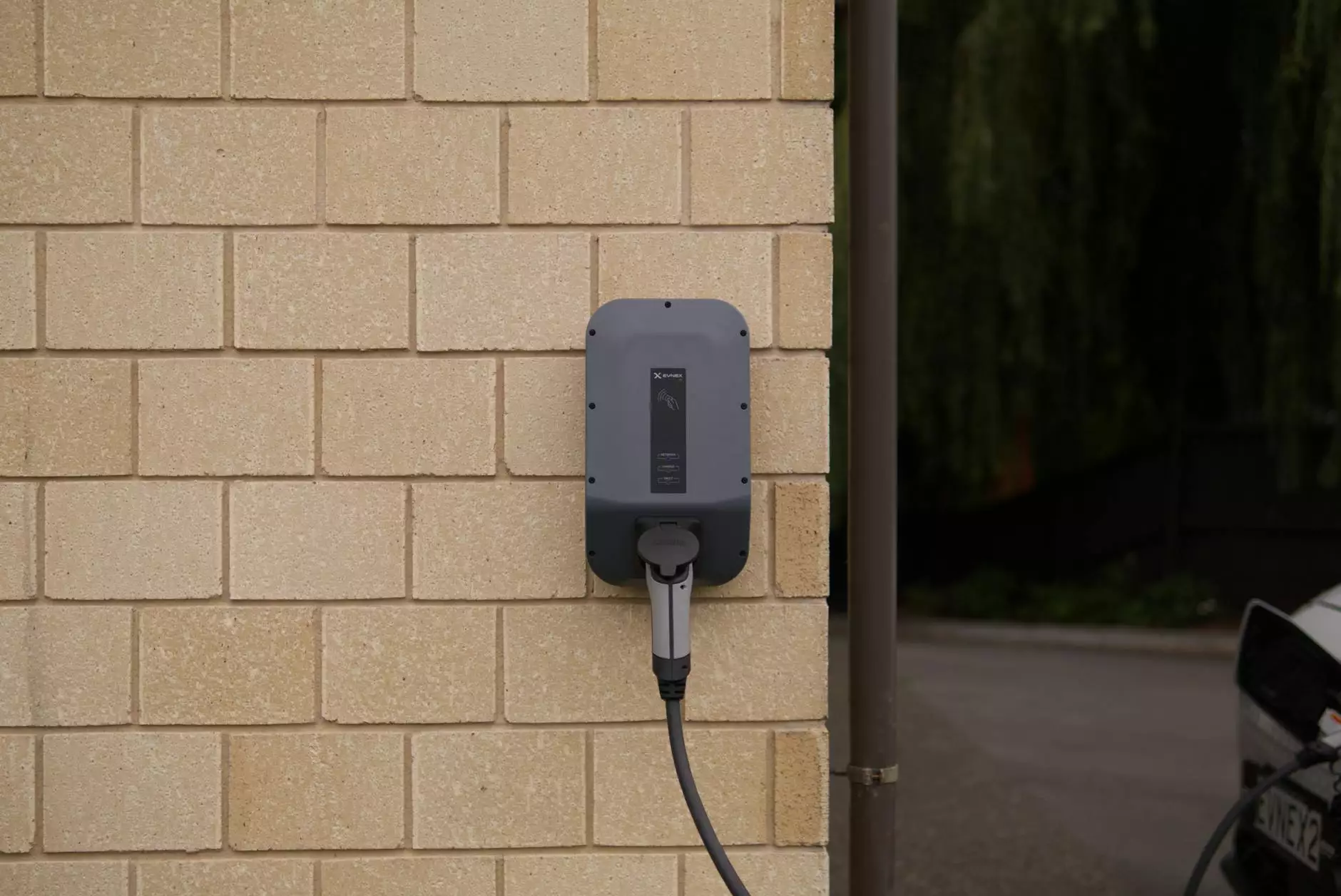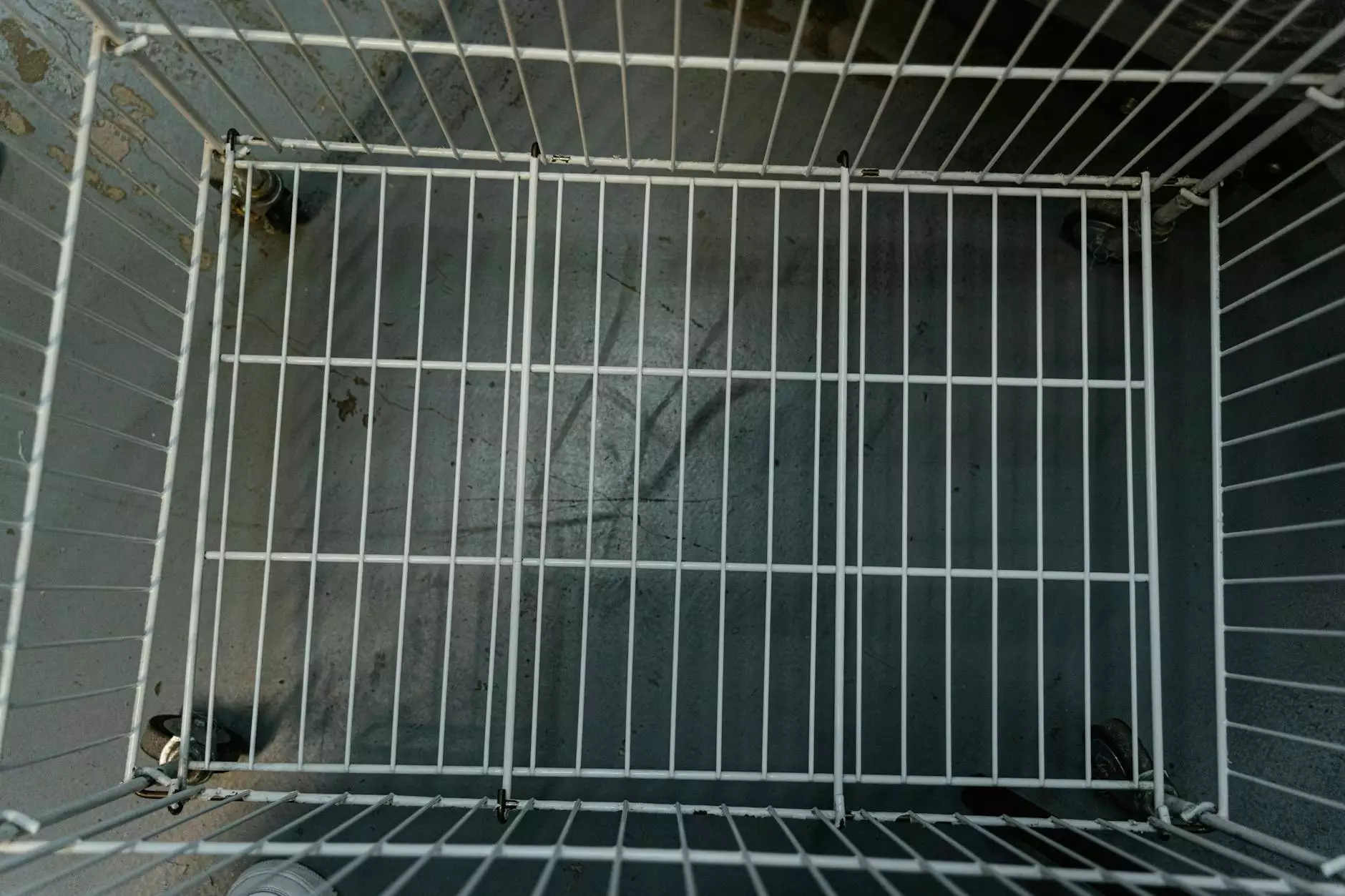How to Install Roundcube on CentOS 7: A Comprehensive Guide

In today's digital landscape, effective email management is crucial for businesses. Whether you run a small startup or a large corporation, having a reliable and functional email system is indispensable. One of the most popular web-based email clients is Roundcube. Its user-friendly interface, combined with powerful features, makes it an excellent choice for managing emails. This article provides a detailed guide on how to install Roundcube on CentOS 7, ensuring that your email management experience is seamless.
Why Choose Roundcube?
Before diving into the installation process, let’s explore why Roundcube stands out among other email clients:
- Intuitive Interface: Roundcube offers a modern, web-based interface that is easy to navigate, allowing users to manage their emails efficiently.
- Full-Featured: It comes equipped with features including drag-and-drop message management, threaded message views, and address book integration.
- Extensibility: Roundcube supports various plugins and themes, enabling customization to fit user needs.
- Open Source: Being open source, it is free to use and constantly updated by a global community.
- IMAP Support: It supports multiple IMAP servers, making it a versatile choice for various setups.
Prerequisites for Installation
Before you start the installation of Roundcube on CentOS 7, ensure you have the following prerequisites in place:
- CentOS 7 Server: Ensure you have a running instance of CentOS 7.
- Root Access: You need root or sudo privileges to install packages and configure services.
- Web Server: Apache is typically used; make sure it is installed and running.
- PHP: Roundcube requires PHP version 5.4 or higher. Ensure necessary PHP extensions are installed too.
- Database: You’ll need a MySQL or PostgreSQL database server installed.
- IMAP Server: Ensure you have an IMAP server like Dovecot or Courier Mail Server installed and configured.
Step-by-Step Guide to Install Roundcube on CentOS 7
Follow these comprehensive steps to install Roundcube on your CentOS 7 server:
Step 1: Update Your System
Before starting, it’s good practice to update your system packages to the latest version. Run the following command:
sudo yum update -yStep 2: Install Required PHP Extensions
Install PHP and the necessary extensions for Roundcube. Run the following command:
sudo yum install epel-release -y sudo yum install httpd php php-mysqlnd php-mbstring php-xml php-imap php-json php-intl php-gd php-pdo php-mcrypt -yStep 3: Start and Enable Apache and PHP
After installing Apache, start the service and enable it to run on boot:
sudo systemctl start httpd sudo systemctl enable httpdStep 4: Install the Database Server
If you do not have MySQL or MariaDB installed, you can install it using the following command:
sudo yum install mariadb-server mariadb -yNext, start the database service and set it to launch at boot:
sudo systemctl start mariadb sudo systemctl enable mariadbStep 5: Secure Your Database Installation
Run the following command to secure your MariaDB installation:
sudo mysql_secure_installationThis will prompt you to set a root password and configure several security settings. Follow the prompts to improve your database security.
Step 6: Create a Roundcube Database
Log in to the MariaDB shell:
sudo mysql -u root -pNow, create a database for Roundcube:
CREATE DATABASE roundcube; CREATE USER 'roundcube'@'localhost' IDENTIFIED BY 'your_password_here'; GRANT ALL PRIVILEGES ON roundcube.* TO 'roundcube'@'localhost'; FLUSH PRIVILEGES; EXIT;Step 7: Download Roundcube
Navigate to the Roundcube directory on the web server and download the latest version:
cd /var/www/html sudo curl -LO https://github.com/roundcube/roundcubemail/releases/download/1.6.0/roundcubemail-1.6.0-complete.tar.gzExtract the downloaded file:
sudo tar xvf roundcubemail-1.6.0-complete.tar.gz sudo mv roundcubemail-1.6.0 roundcubeStep 8: Configure Roundcube
Change into the Roundcube directory and copy the sample configuration file:
cd roundcube sudo cp config/config.inc.php.sample config/config.inc.phpNow, open the configuration file for editing:
sudo nano config/config.inc.phpUpdate the following sections in the configuration file with your database credentials:
$config['db_dsnw'] = 'mysql://roundcube:your_password_here@localhost/roundcube'; $config['default_host'] = 'localhost'; $config['smtp_server'] = 'localhost';Step 9: Set Up the Database Schema
To initialize the Roundcube database, run the following command:
sudo php bin/console setup:installStep 10: Set Proper Permissions
It is essential to set the appropriate permissions for the Roundcube directory:
sudo chown -R apache:apache /var/www/html/roundcube sudo chmod -R 755 /var/www/html/roundcubeStep 11: Configure Apache for Roundcube
Create a new configuration file for your Roundcube virtual host:
sudo nano /etc/httpd/conf.d/roundcube.confInsert the following configuration:
AllowOverride All Alias /roundcube /var/www/html/roundcube Require all grantedStep 12: Restart Apache
After configuring everything, restart the Apache web server to apply the changes:
sudo systemctl restart httpdStep 13: Access Roundcube
Your Roundcube installation should now be accessible via a web browser. Open your preferred browser and navigate to:
http://your_domain_or_IP/roundcubeStep 14: Final Setup Steps
Upon accessing the Roundcube web interface for the first time, you may need to set up additional configurations such as:
- Defining mail server settings.
- Adding user accounts.
- Customizing user preferences.
Maintenance and Best Practices
After successfully installing Roundcube on CentOS 7, it’s essential to maintain your installation for optimal performance:
- Regular Backups: Implement a backup strategy for both the Roundcube database and email data.
- Update Regularly: Keep Roundcube and its dependencies updated to the latest versions to ensure security and functionality.
- Monitor Server Performance: Regularly check the performance of your server and optimize resources as needed.
- Enhance Security: Implement additional security measures like SSL for HTTPS access and firewall rules.
Conclusion
Installing Roundcube on a CentOS 7 server is a straightforward process that can greatly enhance your email management capabilities. By following the steps outlined in this comprehensive guide, you can have a functional web-based email client that is easy to use and customize. Remember to keep your system updated and secure for the best performance.
For more information on IT services and computer repair or if you need assistance with hosting solutions, visit First2Host.
install roundcube centos 7








